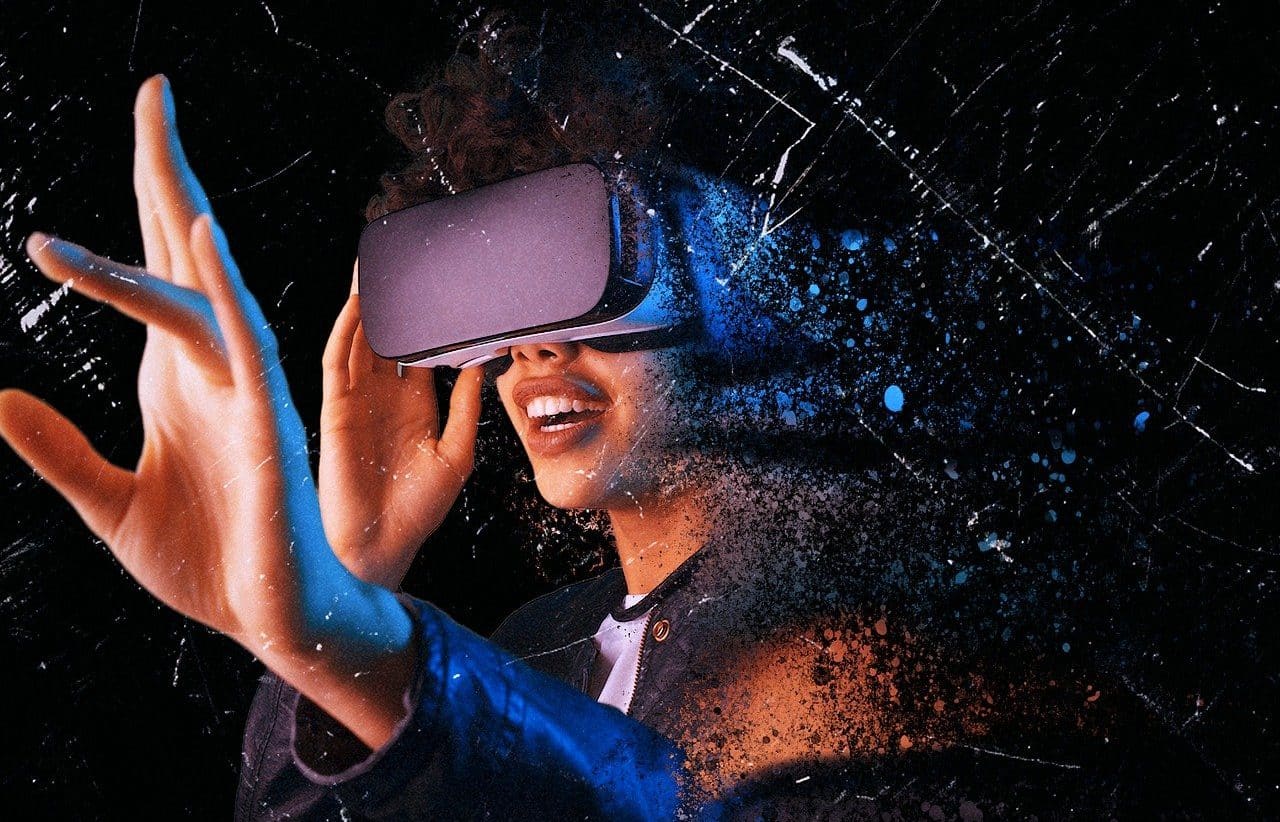
The growth of online education is a disruptive phenomenon.
Disruptive is a term that comes from the English disruptive and is used to name something that produces a sudden break . Generally the term is used in a symbolic sense , in reference to something that generates a very important or determining change (regardless of whether said change has a physical correlate).
For example: "The creation of the personal computer was something totally disruptive in contemporary society" , "O'Hara's entry was disruptive and turned the course of the party" , "Many critics consider that this album will be the disruptive one that leads the musician from the local level to the international scene .
Disruptive technologies
A disruptive technology is an innovation that generates the disappearance of products or services that, until then, were used by society . New technology appears as an advance that makes everything old precarious or inferior in terms of its performance.
The personal computer ( personal computer ) was a disruptive technology that caused the typewriter to fall into disuse. Something similar can be said about mobile or cellular telephony with respect to public telephone booths.
Different applications of the concept
The use of the concept is very broad and can be applied to a person ( "Elvis Presley was a disruptor for contemporary music" ), a year ( "The disruptive 1986 established a before and after in Diego Maradona's career" ), a object ( “I think this chip will be the disruptor that will mark the new history of home appliances” ), etc.
As you can see, in these cases the meaning is symbolic. These meanings are associated with individuals, things or moments that generated great changes.

Remote work has become a disruptive element in recent years.
Examples of disruptive changes
It is not difficult to find examples of disruptive innovation or profound changes caused by cutting-edge technology. Cloud computing , e-commerce , telemedicine , teleworking and social networks are among the elements that, in recent decades, have changed the daily lives of millions of people.
Other disruptive developments are already being noticed but their scope cannot yet be determined. That can be said about artificial intelligence (AI) , for example, which still has a long way to go. According to many specialists, AI will make various trades and professions cease to exist because machines will take over these jobs; This modification, of course, will entail a profound social change.
The Internet of Things (IoT) , autonomous vehicles , 3D printing , augmented reality (AR) , advanced robotics and space tourism are other disruptive phenomena whose impact cannot be measured since it will continue to accentuate in the coming years.

The advancement of virtual reality (VR) can cause disruptive change in the coming decades.
problematic behavior
The concept of disruptive behavior , also known as disruption , is very common in the field of compulsory education. These are problems that interrupt an activity or process and prevent its normal and, depending on the case, healthy development.
Increasingly, the work of teachers is hindered by disruptive actions on the part of students, which does nothing other than reflect the growing emptiness that human beings feel when facing life without sufficient tools to understand it, without objectives. long-term and without deep interpersonal relationships to rely on to get through difficult times and create happy memories.
This disruptive behavior of certain students causes various consequences, among which is the teacher's discomfort and potential fear of returning to the classroom, as well as a negative impact on the learning of other students. One of the most common attitudes is constant murmuring, which prevents the correct development of the class since it dirtyes the information and generates stress and frustration in the teacher.
Boredom as a disruptive element
On the other hand, the mere noise generated by the collision of pencils and pens against tables can be considered disruptive behavior if it is done constantly and disrespectfully, without consideration for the teacher. We can all have moments of boredom, difficulty paying attention or tiredness that makes it difficult for us to stay awake, but nothing gives us the right to hinder the work of others; At worst, we should ask permission to withdraw and let the rest take advantage of the lesson.
A very effective tip to successfully overcome this murmur or constant noise is not only not to raise the intensity of the voice, but to reduce it until understanding is not possible unless the noise disappears; Faced with such a measure, it is common for good students to collaborate with the teacher so that the disruptive behavior dissipates and control of the class is regained.
A sudden discharge
On the other hand, the sudden discharge that occurs when the potential difference between two electrical conductors exceeds a certain limit is known as a disruptive discharge .
This discharge can be noticed by a spark that appears accompanied by a dry noise. The maximum voltage that produces a disruptive discharge is called the breakdown voltage .
